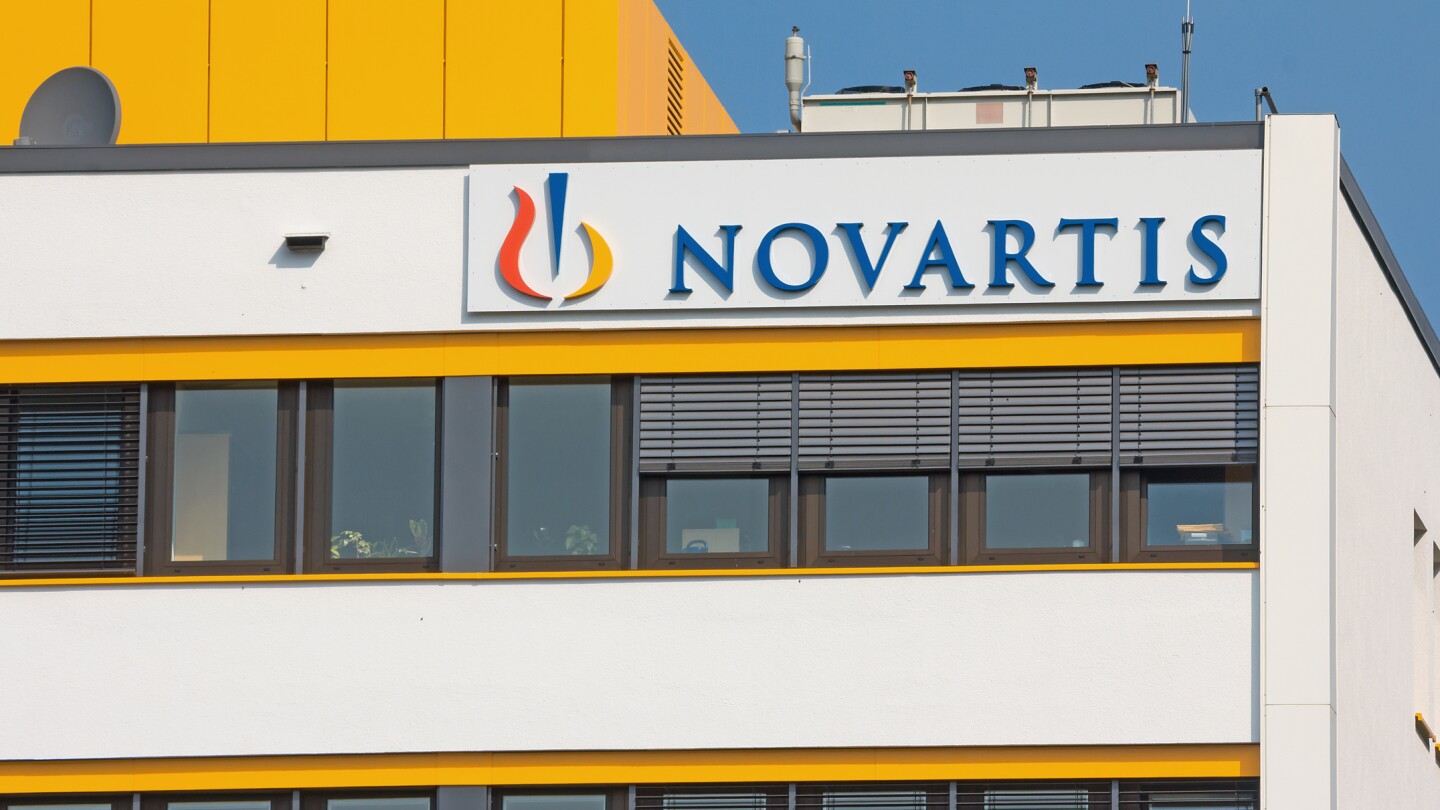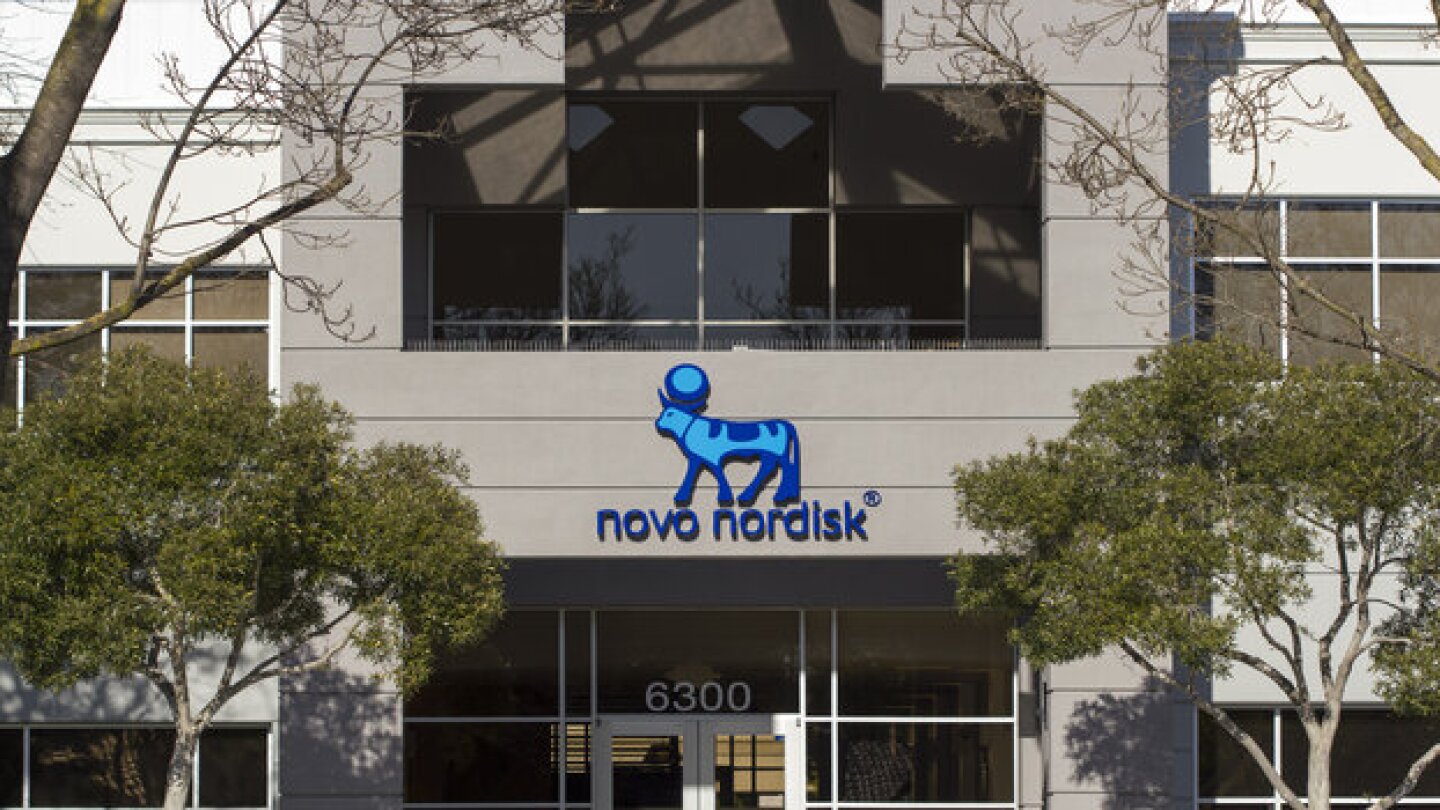Rare diseases
Already sky high after the success of its limb-girdle muscular dystrophy therapy, reported on Monday, BridgeBio’s shares rose nearly 8% more as encaleret balanced calcium levels in patients with a genetic thyroid disorder.
BioMarin no longer expects to hit its $4 billion revenue target by 2027, citing various market factors such as impending competition for achondroplasia therapy Voxzogo and the divestment of the gene therapy Roctavian.
Intellia earlier this year reported a similar grade 4 liver enzyme elevation associated with the gene therapy nexiguran ziclumeran, though analysts at BMO Capital Markets at the time brushed it off as a “non-concern.”
Pivotal results from uniQure’s gene therapy for Huntington’s disease have brought new light to patients who have known only disappointment in recent years—but one expert worries that communication of the results is creating “false expectations.”
The deal, announced early Sunday afternoon, will see Novartis gain access to Avidity’s neuroscience assets, while the San Diego biotech spins out a new company to shepherd its early-stage precision cardiology programs.
Despite showing no meaningful benefit on lung function, Arcturus’ mRNA therapy ARCT-032 reduced mucus volume in patients with cystic fibrosis—an outcome William Blair found “potentially promising.”
The company’s technology, a modified herpes simplex virus used to deliver gene therapies, was given the FDA’s new designation based on its approved topical skin cream. What this will mean for Krystal’s still-in-development eye drop is unclear.
Glaukos’ Epioxa allows cross-linking therapy for keratoconus without requiring an incision. The biotech expects to launch the drug early next year.
Novo Nordisk strikes another deal, this time with Omeros, amid a broader pipeline restructuring that recently claimed its cell therapy work.
Despite announcing a broad pivot to siRNA earlier this year, Sarepta is following through with an investigational gene therapy: its limb-girdle muscular dystrophy candidate. But the treatment’s path forward, analysts say, is highly uncertain.
PRESS RELEASES










